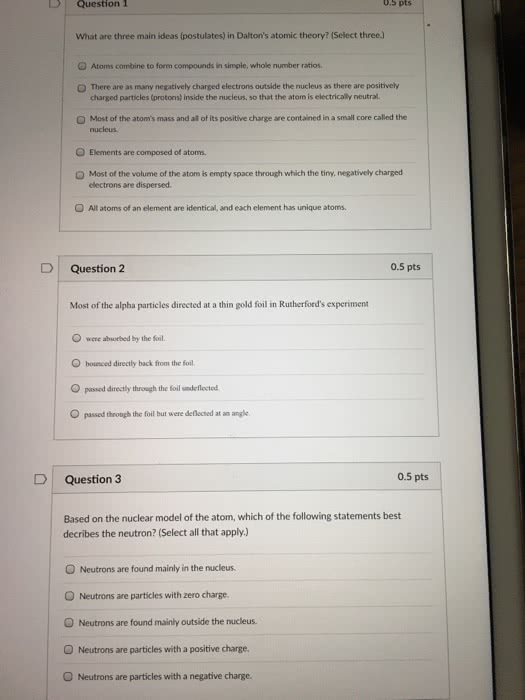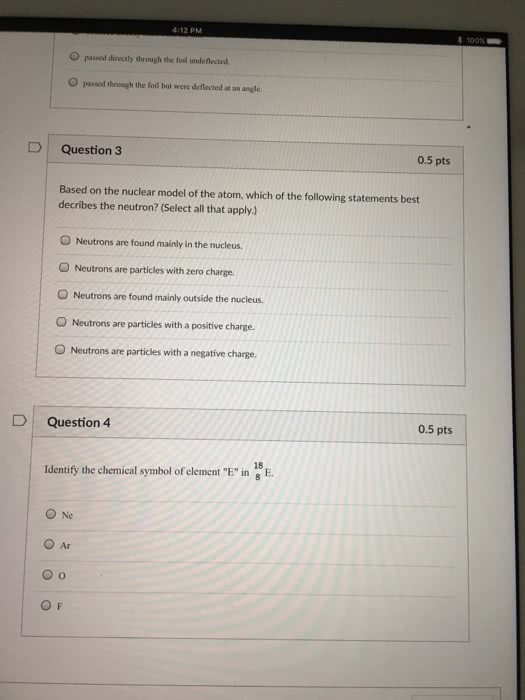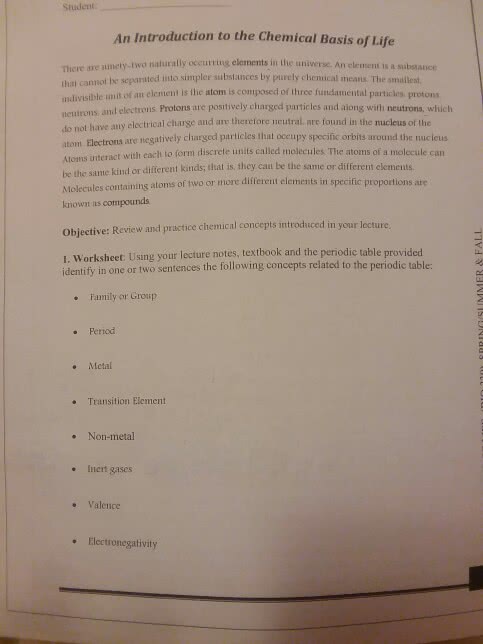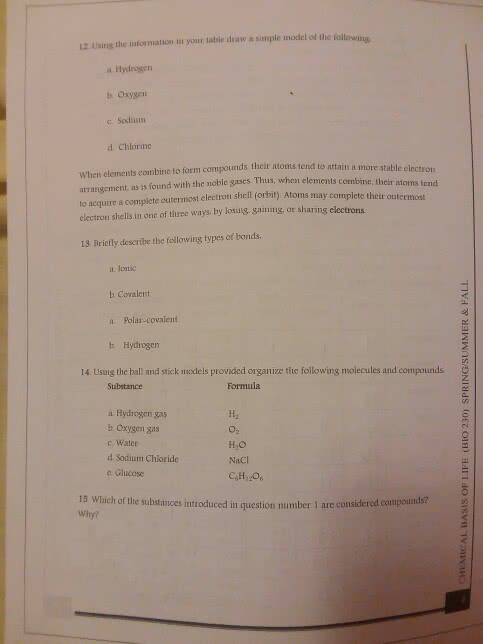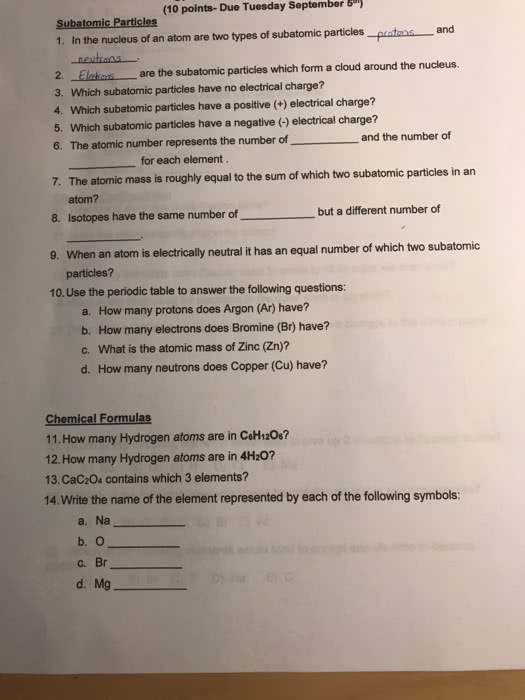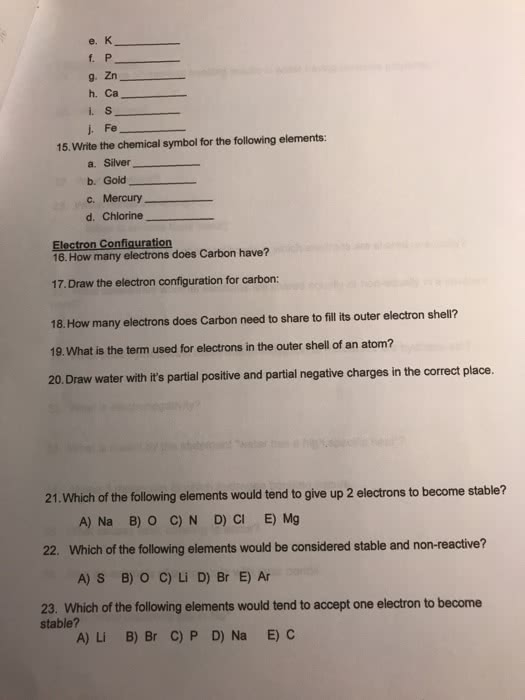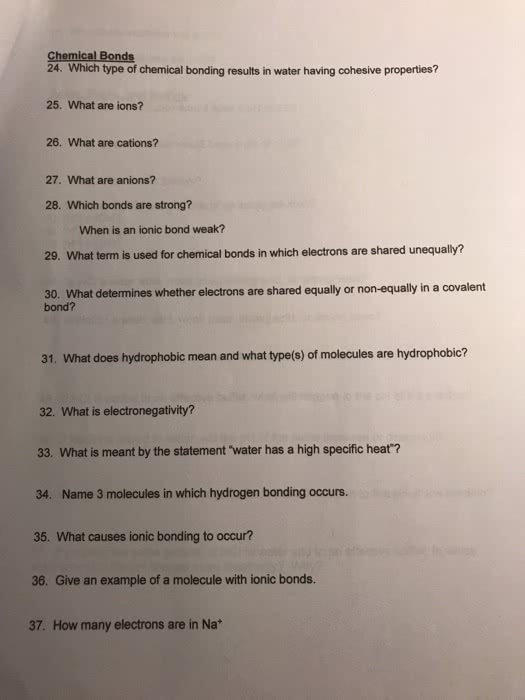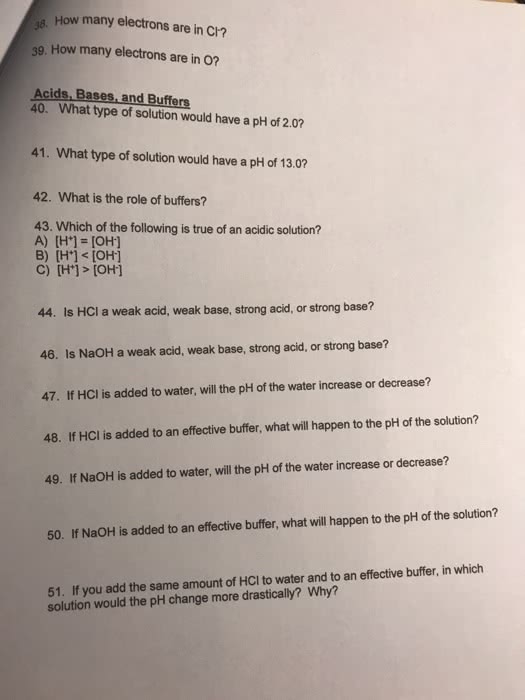CHEM 110 Lecture Notes - Lecture 4: Atomic Number, Bohr Model, Spectroscopy
Document Summary
The basic structural unit of an element. Atoms consist of these three primary particles. Small, dense, positively charged region in the center of the atom containing: A neutral atom that has no electric charge has the same number of protons and electrons. Electrons move very rapidly in a relatively large volume of space while the nucleus is small and dense. X = symbol of the atom / element. Atoms of the same element having different masses. Calculate the atomic mass of naturally occurring chlorine if 75. 77% of chlorine atoms are ^35cl and 24. 23% of chlorine atoms are ^37cl. Step 1: convert the percentage to a decimal fraction. Step 2: multiply the decimal fraction by the mass of that isotope to obtain the isotope contribution to the atomic mass. The first experimentally based theory of atomic structure of the atom. All matter consists of tiny particles called atoms.


